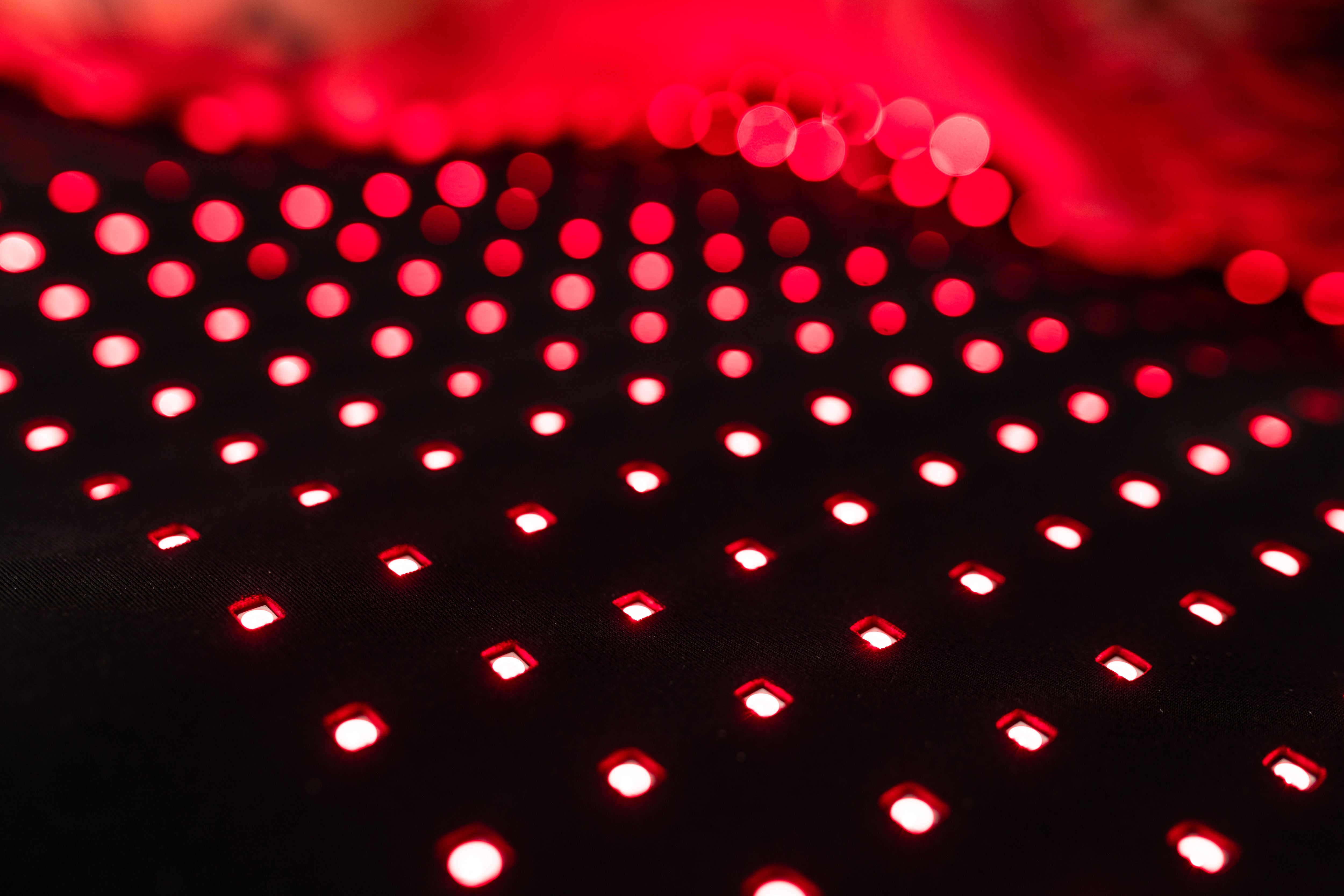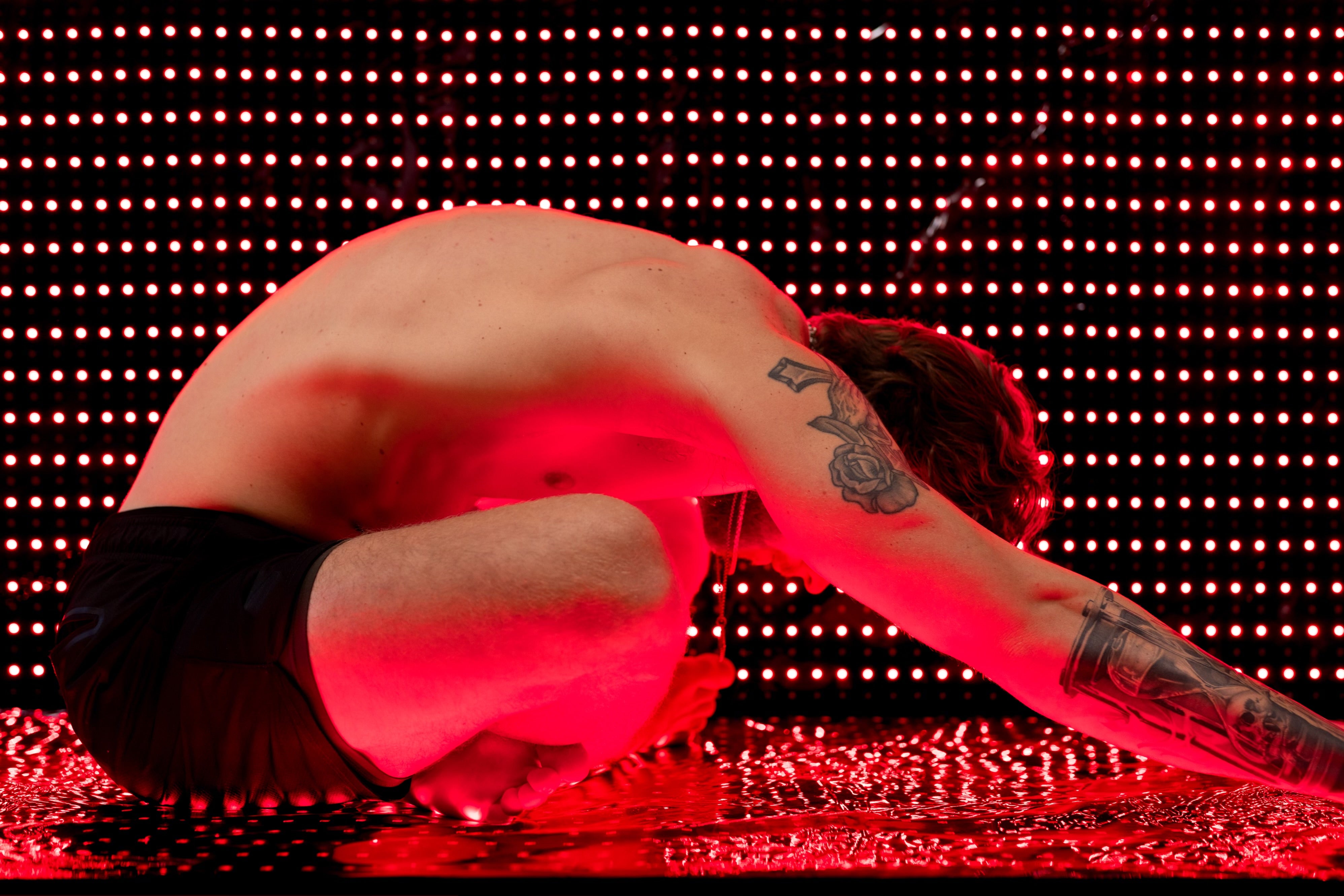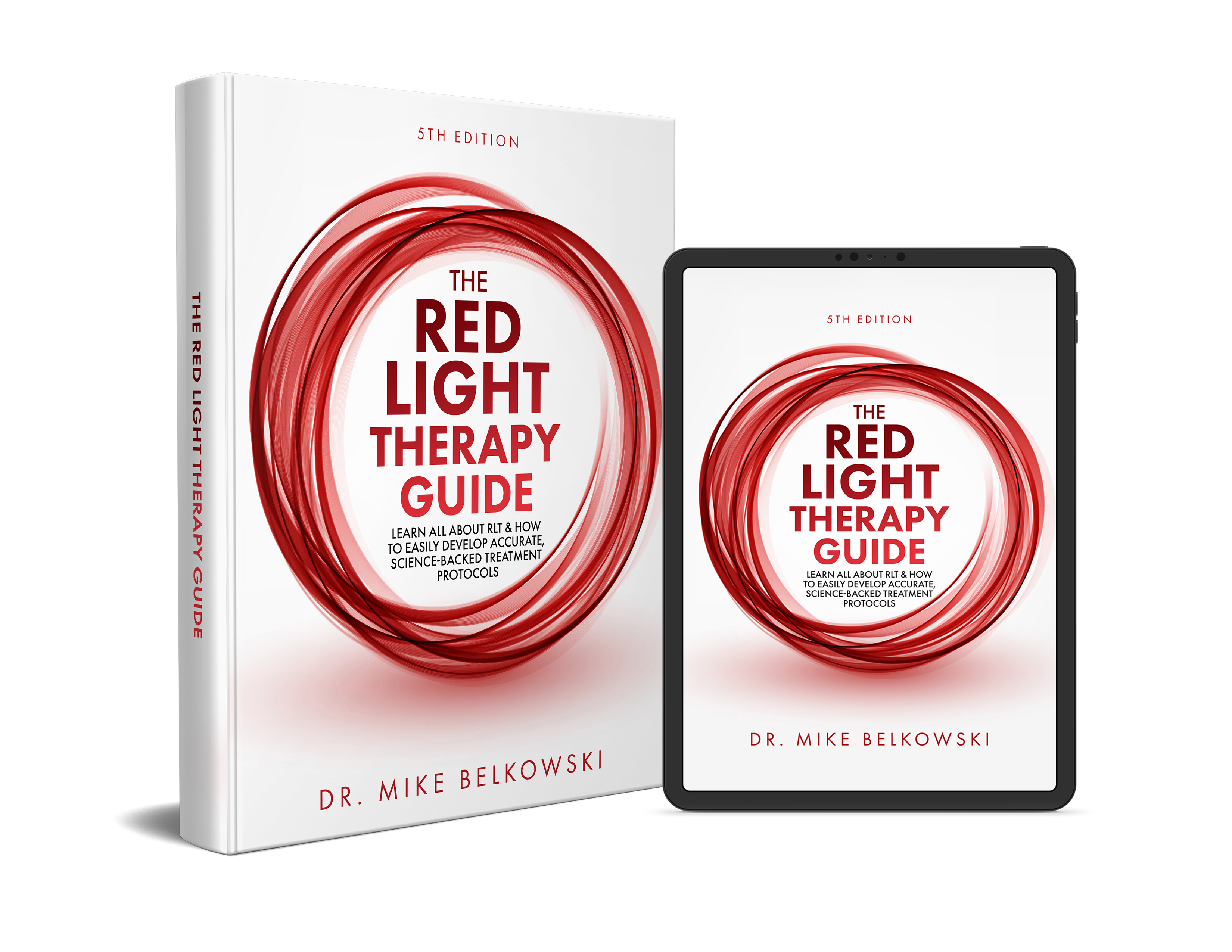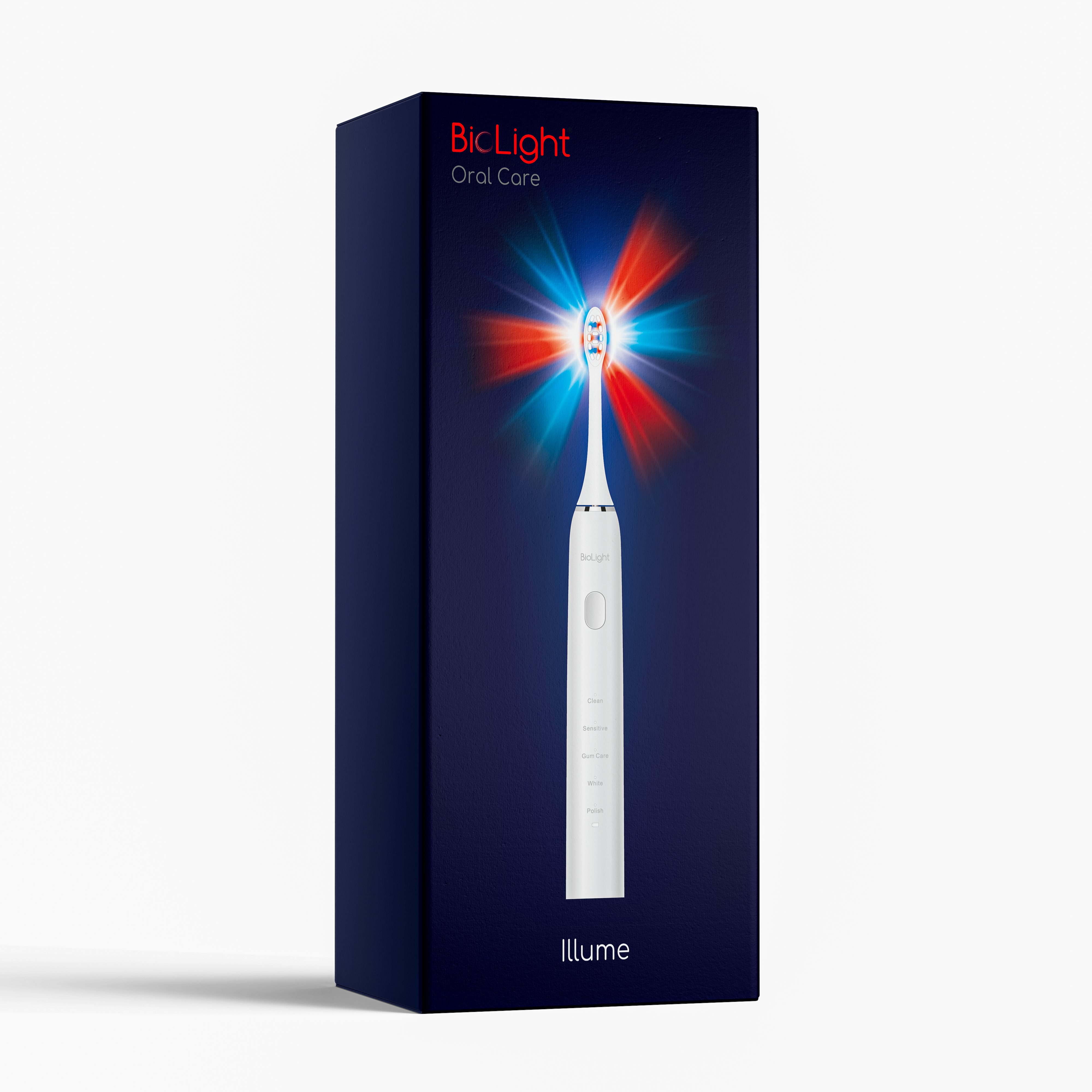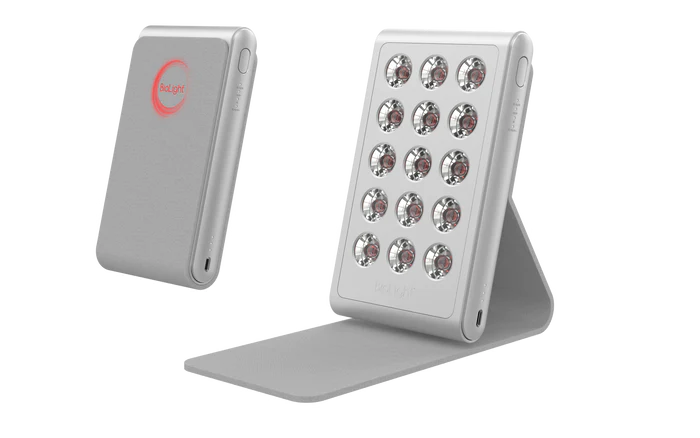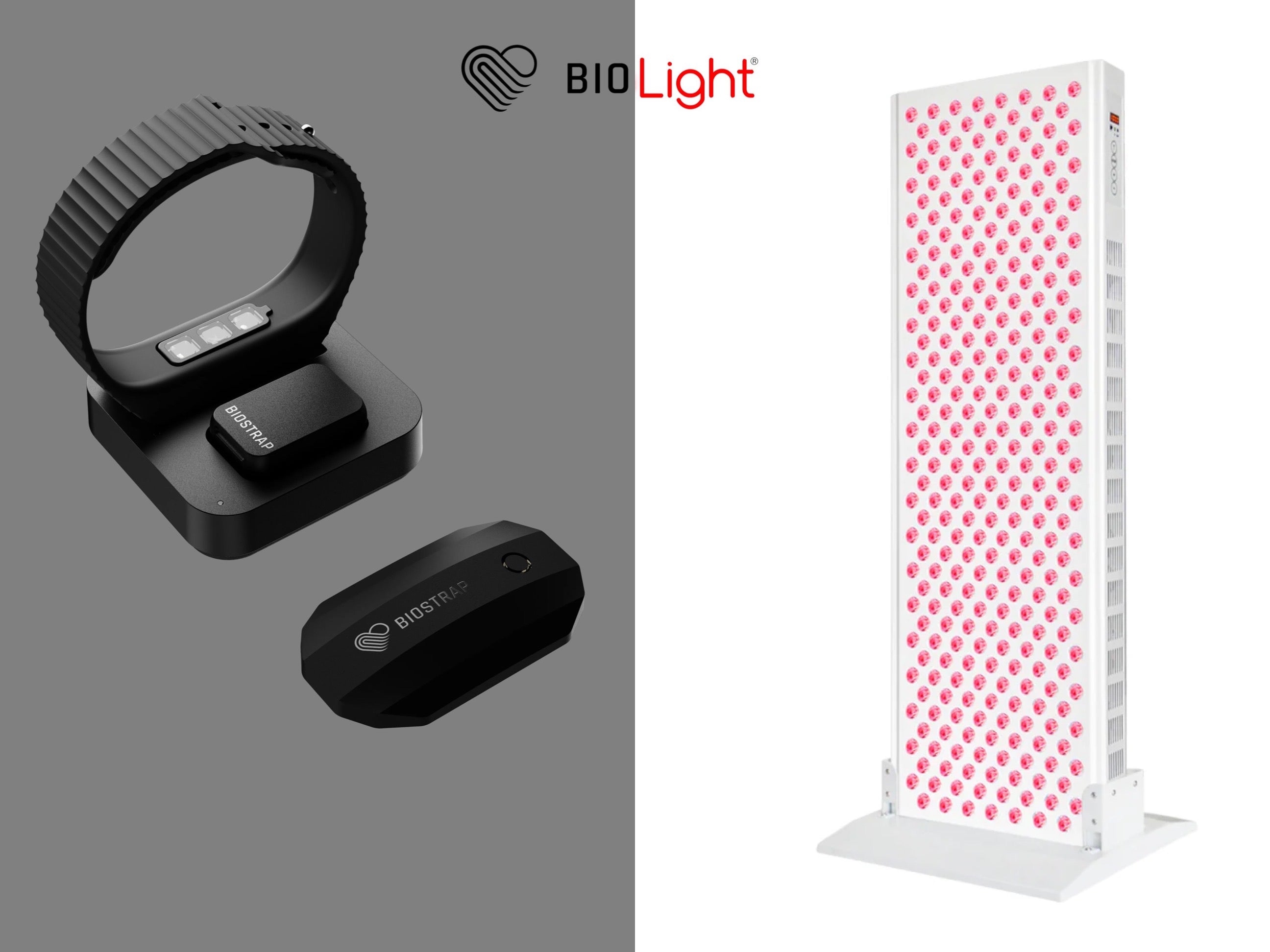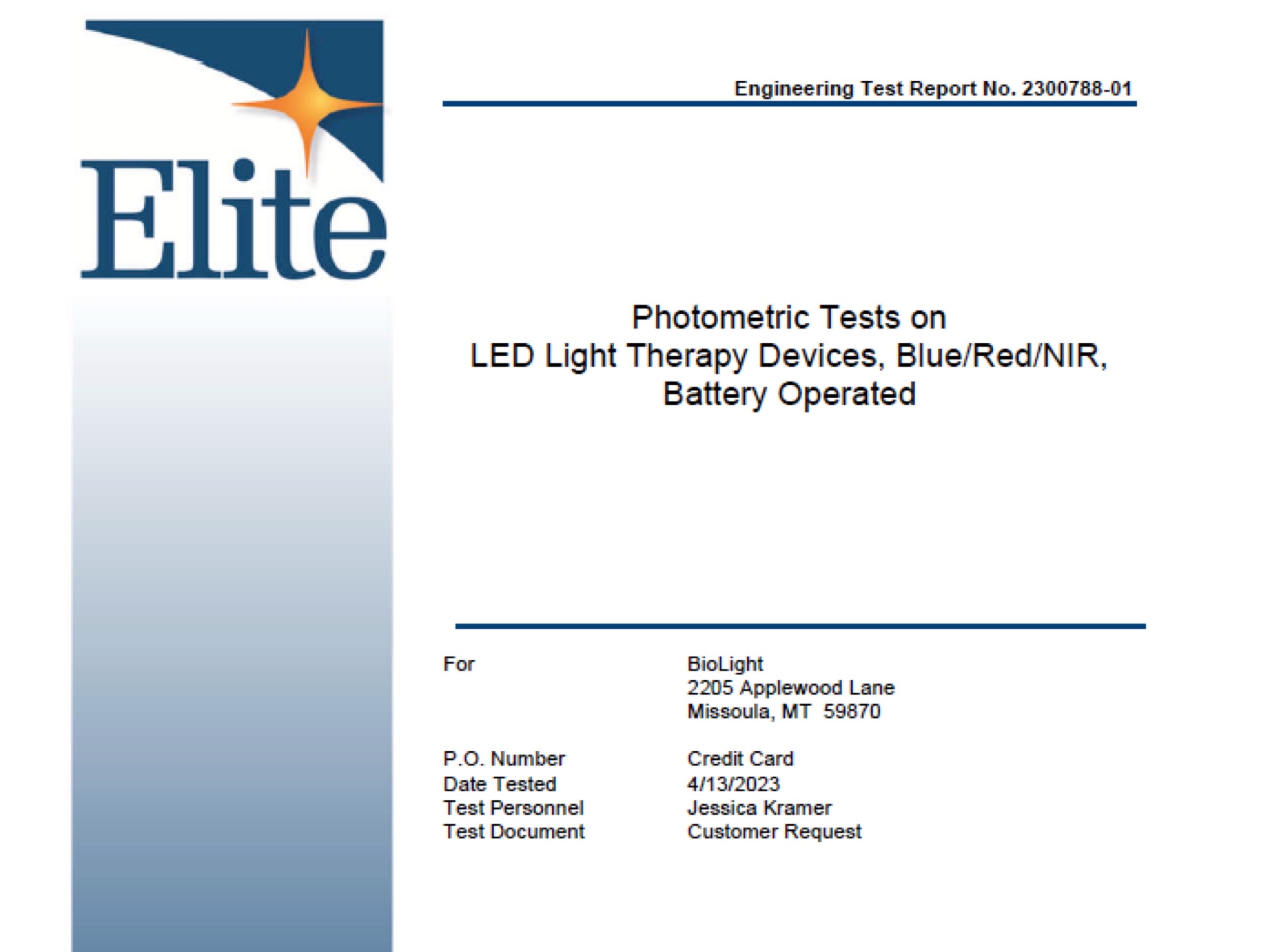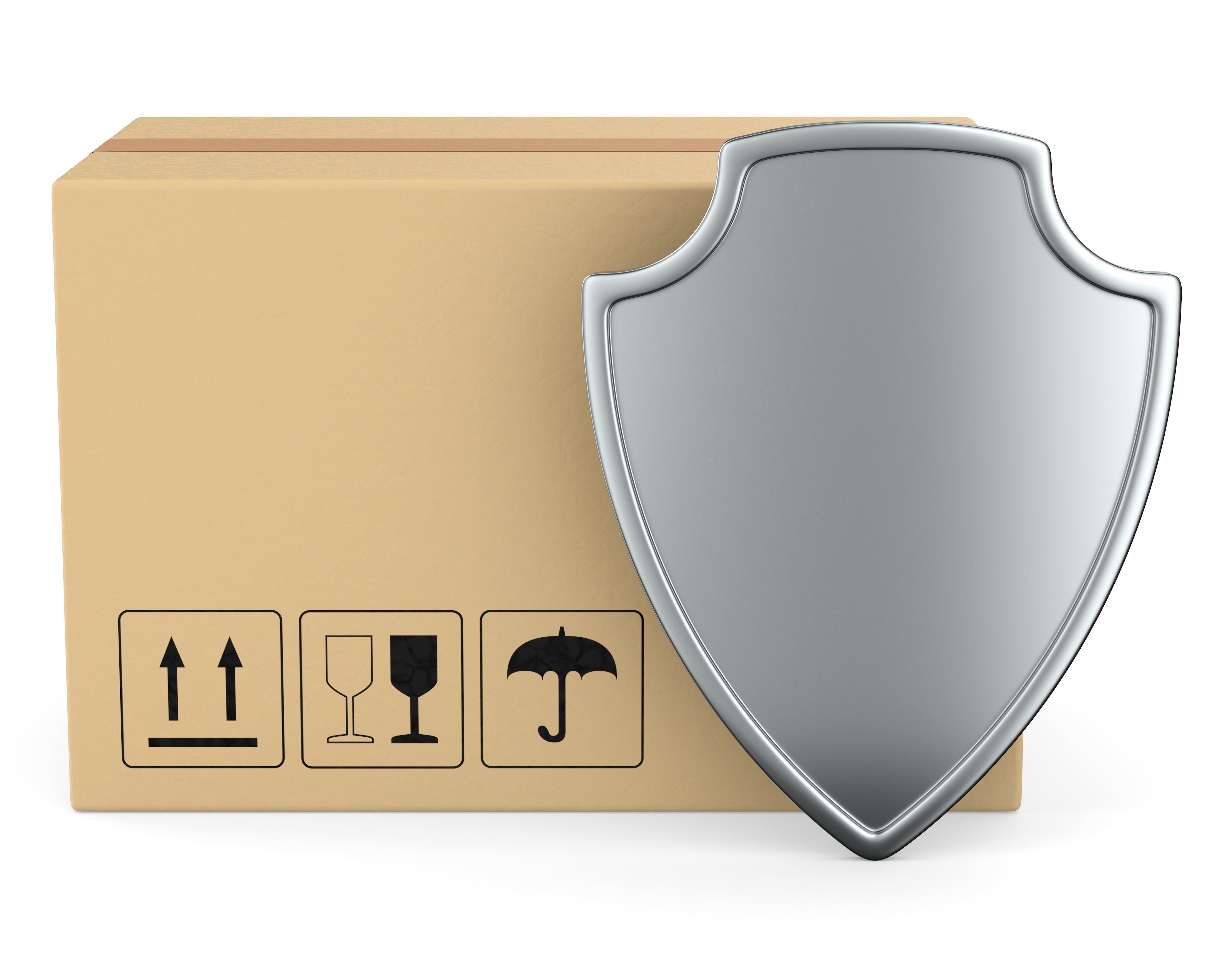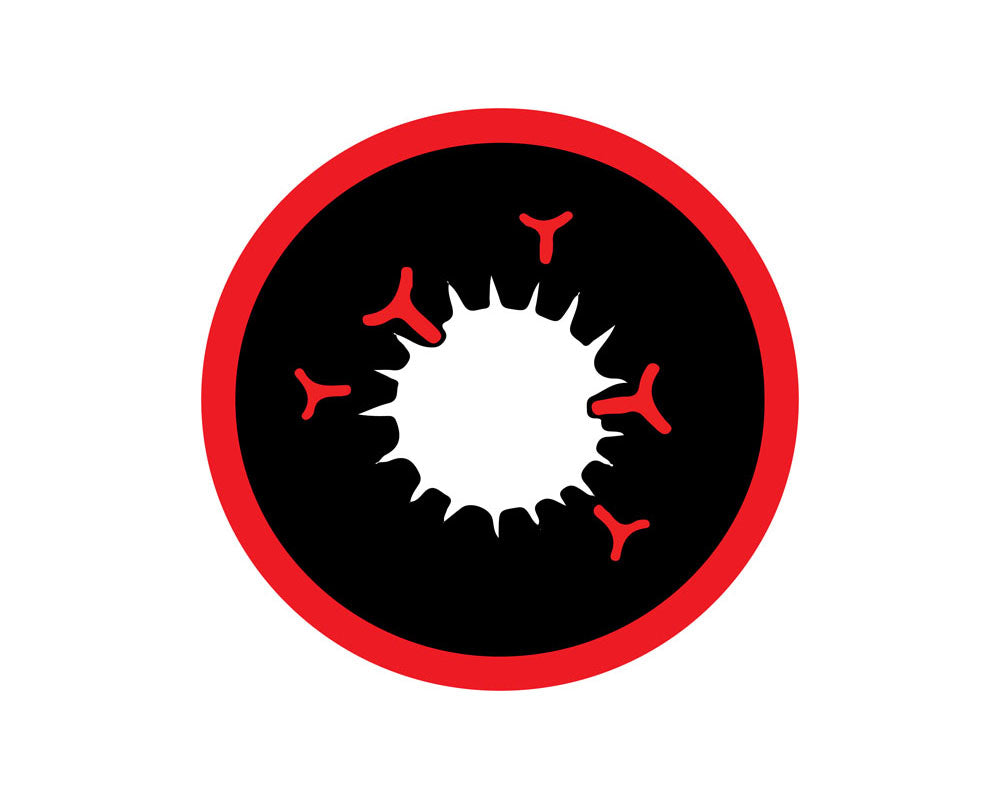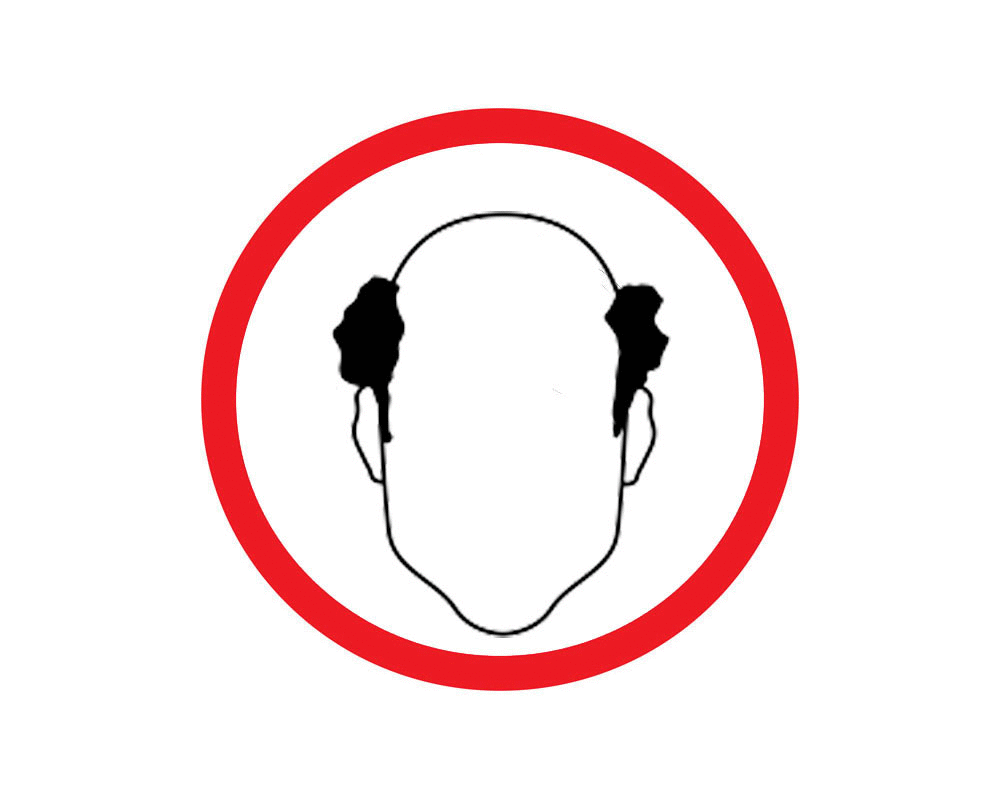How does RLT help?
So far there have only been animal studies on red light therapy's effect on heart health and heart repair after cardiac events and post-surgery. However, the research that is available consistently demonstrates that red light therapy is effective at reducing inflammation wherever mitochondria are present, which is EVERYWHERE! Not surprisingly, mitochondria are most dense in area where the most energy is required, such as the brain, heart & muscles.

Tell me more...
Myocardial Infarction
A persistent myocardial blood reduction may result in myocardial infarction (MI). The ischemic myocardium has irreversible injury, which generates cardiac remodeling to maintain blood supply.
The cardiac remodeling after MI is a complex condition, and different therapies can prevent or prolong the development of heart failure. Current therapies are marked by modest results in survival and potential adverse effects.
Application of red light therapy in myocardial infarction:
– RLT improves myocardial structure
– Reduces mitochondrial damage
– Regulates expression of inflammatory factors
– Promotes angiogenesis
Studies have reported a significant reduction in mitochondrial injury and increased ATP (energy) in the infarcted area of the heart. Thus, these findings are suggestive that RLT can reduce myocardial injury by increasing energy supply. Also, several studies have shown that red light has the ability to promote the proliferation of both neural stem cells and skeletal muscle satellite cells. Another study showed that RLT kept glucose in balance, implying that LED red light therapy may affect glucose metabolism in heart failure mice. More importantly, a growing body of experimental evidence suggests that the application of RLT combined with conventional cardiac interventions is more efficient when it comes to repairing and improving MI-related disease.
RLT can repair myocardial infarction injury by improving cardiac function, reducing the size of myocardial fibrosis, promoting vascular regeneration of the injured myocardial area, and regulating inflammatory factors and certain protective factors. Compared with other treatment options for MI, RLT has the advantages of noninvasive, nonpharmacological, nonhereditary, and low difficulty in applying technology and has excellent potential in cardiac therapy.

What does the research show?
(Regarding myocardial infarction): “PBM could reduce mitochondrial damage by 60%, including mitochondrial swelling, vacuolization, and mitochondrial spinal injury. This is consistent with the observation of increased ATP production in the ischemic myocardium, demonstrating that PBM can inhibit the rapid decline of ATP and reverse the results of insufficient myocardial energy.” (1)
“In this study, we found that 630 nm LED as a low-power PBM therapy can promote post-infarction myocardial proliferation and revascularization, but without significant modulation of fibroblasts… This finding indicates that LED-Red exhibits the promising application in heart regeneration after myocardial infarction.” (2)
“The results suggest that PBMT, through the modulation of gene transcription and miRNA expressions, can interfere in cardiac fibrosis activation after MI, mainly reversing the signaling pathway of profibrotic genes.” (3)
“PBM can not only directly exert the positive effects of myocardial infarction injury treatment on myocardial repair, ATP synthesis, and regulation of inflammatory factors but also facilitates myocardial protection.” (4)
“Low-power infrared (near-infrared) laser irradiation increased the telomere length in cardiac tissue of animals affected by lipopolysaccharide-induced acute lung injury, which suggests that telomere maintenance is a part of the photobiomodulation effect induced by infrared radiation.” (5)
"The results of our study indicate an important systemic immunomodulatory effect of LLLT... There was a systemic 61.3 % reduction in IL-6 levels (measurement of inflammation).” (6)
"Infarcted rats showed less myocardial necrosis with phototherapy." (7)
"Considering the importance of inflammatory activation and its systemic and local impact on skeletal muscles in HF, a safe, simple and inexpensive strategy such as LLLT could be used as a new non-pharmacological form of treatment for the pro-inflammatory state in HF (heart failure) syndrome." (8)
"Considering the data presented herein and the current state of knowledge regarding the anti-inflammatory efficacy of LLLT, we conclude that LLLT may exert beneficial effects to the myocardium after MI (myocardial infarction)." (9)
**While the current scientific research seems to indicate many positive benefits of RLT in relation to heart health, there is still an appreciable necessity for more extensive research to be conducted in this area, including double-blind RCT (randomized controlled trials), to provide a more comprehensive, robust overview that will further elucidate the optimal parameters and appropriate uses of RLT, which will ultimately lead the most safe and efficacious uses for individuals dealing with heart disorders.
Citations
(1) Gao, Xinlu et al. “Photobiomodulation Regulation as One Promising Therapeutic Approach for Myocardial Infarction.” Oxidative medicine and cellular longevity vol. 2021 9962922. 17 Jul. 2021, doi:10.1155/2021/9962922
(2) Gao, Xinlu et al. “Photobiomodulation Drives MiR-136-5p Expression to Promote Injury Repair after Myocardial Infarction.” International journal of biological sciences vol. 18,7 2980-2993. 18 Apr. 2022, doi:10.7150/ijbs.71440
(3) Feliciano, Regiane Dos S et al. “Photobiomodulation therapy's effects on cardiac fibrosis activation after experimental myocardial infarction.” Lasers in surgery and medicine, 10.1002/lsm.23544. 2 Apr. 2022, doi:10.1002/lsm.23544
(4) Gao, Xinlu et al. “Photobiomodulation Regulation as One Promising Therapeutic Approach for Myocardial Infarction.” Oxidative medicine and cellular longevity vol. 2021 9962922. 17 Jul. 2021, doi:10.1155/2021/9962922
(5) da Silva Neto Trajano, Larissa Alexsandra et al. “Low-power infrared laser modulates telomere length in heart tissue from an experimental model of acute lung injury.” Photochemical & photobiological sciences : Official journal of the European Photochemistry Association and the European Society for Photobiology vol. 20,5 (2021): 653-661. doi:10.1007/s43630-021-00051-9
(6) Hentschke, V. S., Jaenisch, R. B., Schmeing, L. A., Cavinato, P. R., Xavier, L. L., & Dal Lago, P. (2012). Low-level laser therapy improves the inflammatory profile of rats with heart failure. Lasers in Medical Science, 28(3), 1007–1016.doi:10.1007/s10103-012-1190-4
(7) U. Oron, T. Yaakobi, A. Oron, G. Hayam, L. Gepstein, O. Rubin, T. Wolf, S.B. Haim, Attenuation of infarct size in rats and dogs after myocardial infarction by low‐energy laser irradiation, Lasers Surg. Med.28 (2001) 204-211.
(8) Hentschke, V. S., Jaenisch, R. B., Schmeing, L. A., Cavinato, P. R., Xavier, L. L., & Dal Lago, P. (2012). Low-level laser therapy improves the inflammatory profile of rats with heart failure. Lasers in Medical Science, 28(3), 1007–1016.doi:10.1007/s10103-012-1190-4
(9) Manchini, Martha Trindade et al. “Amelioration of cardiac function and activation of anti-inflammatory vasoactive peptides expression in the rat myocardium by low level laser therapy.” PloS one vol. 9,7 e101270. 3 Jul. 2014, doi:10.1371/journal.pone.0101270
